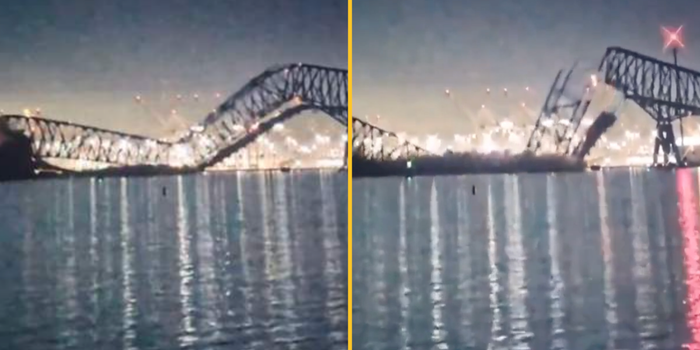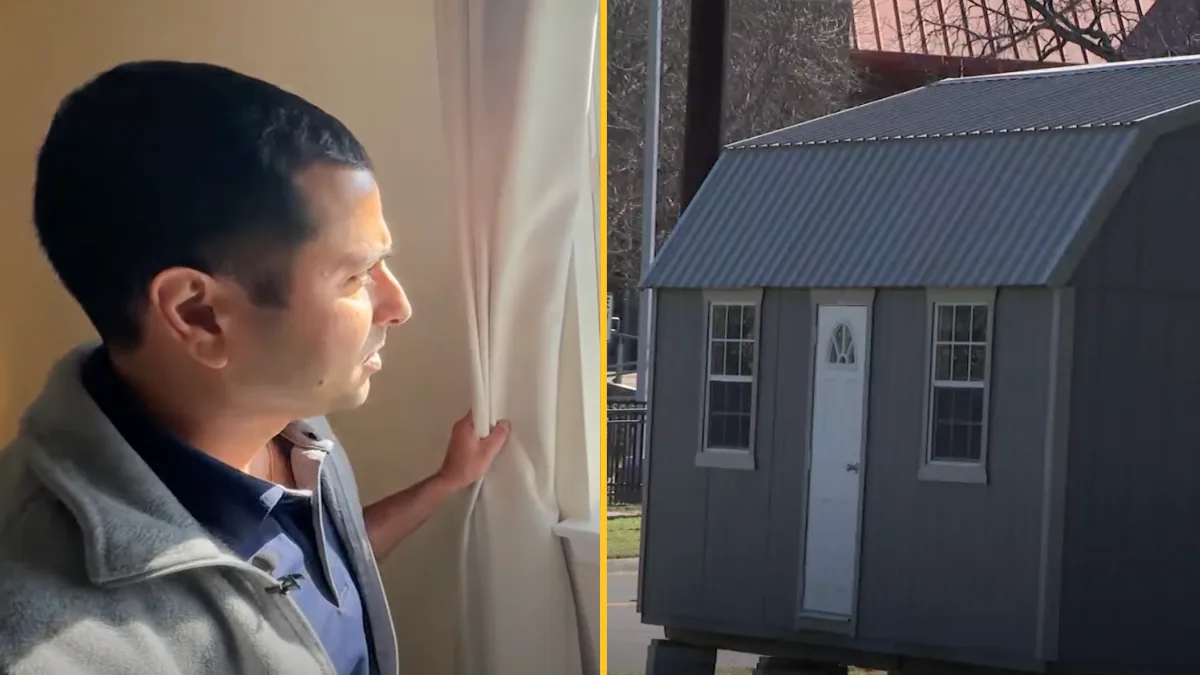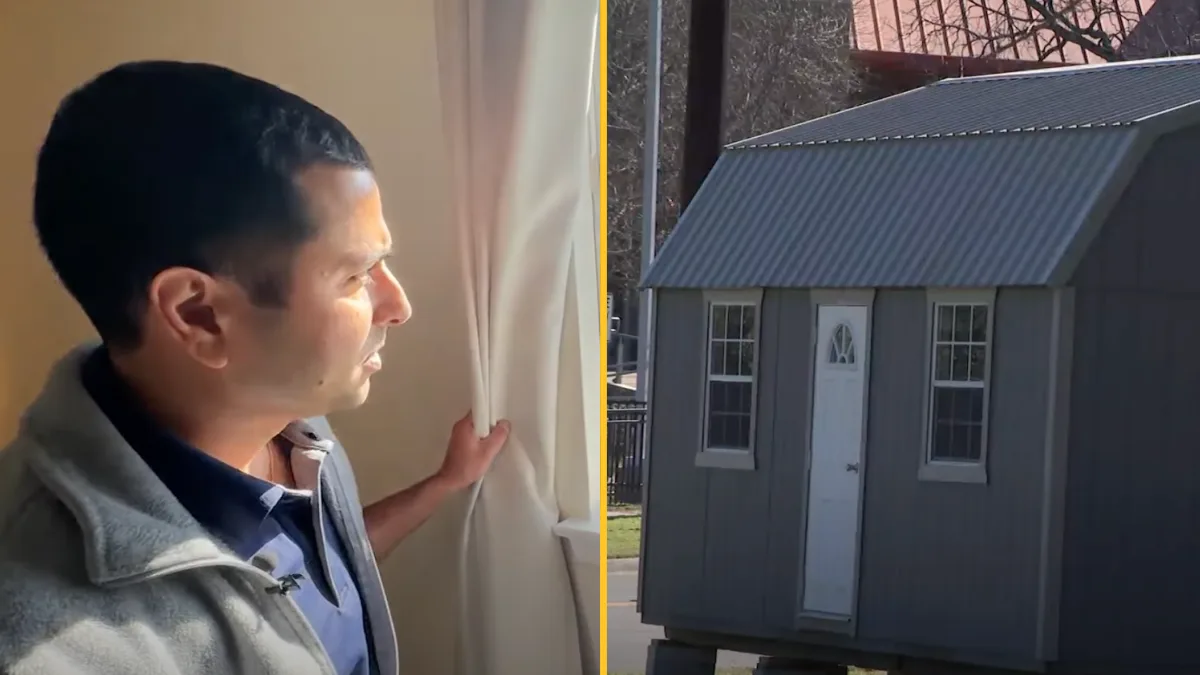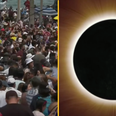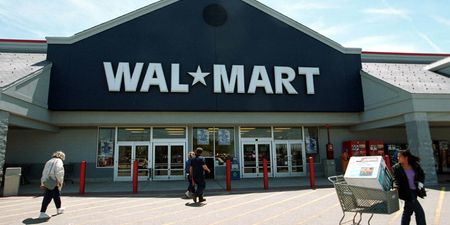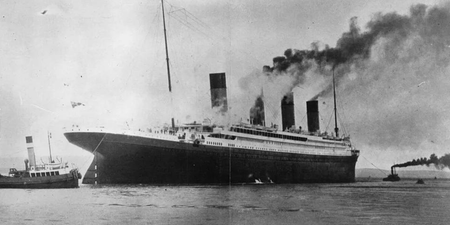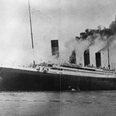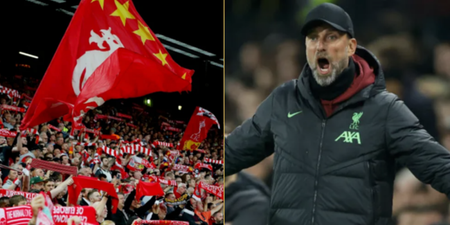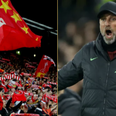Footage of the bridge’s collapse has left people shocked
The collapse of the Baltimore Key Bridge was incredibly swift, and now an expert has spoken out and explained why it was so quick.
On Tuesday, a “mass casualty event” was declared after the 1.6 mile-long Francis Scott Key Bridge collapsed in Baltimore.
A Singapore-flagged container ship called DALI struck one of the pillars of the bridge at around 01:35am local time, causing it to collapse into the Patapsco River.
People were on the bridge at the time, and the Baltimore City Fire Department said as many as 20 people are believed to have fallen into the water.
One of the most shocking things to come from the tragedy is how quickly the bridge failed.
Robert Benaim, who is a fellow of the Royal Academy of Engineering and designs bridges, explained to The Independent that the Baltimore Key Bridge is the kind that will have needed protections of the columns that hold the structure up.
“These protections are either in the form of structural protections like ‘sacrificial dolphins’, which are made of steel and embedded in the seabed to stop or divert a ship,” he said.
“They can also be in the form of artificial islands; these are for very large ships and mean the ship will never reach the bridge pier itself.”
The Francis Scott Key Bridge was built in 1972, so it is likely that these protections are inbuilt to the structure.
However, University of Manchester’s Lee Cunningham explained why they might have failed in this case.
“A vessel’s mass and velocity are key factors in the level of impact force generated and there is an economic and practical limit to what level of impact force can be designed for,” he told The Independent.
“Similarly, the direction of impact is also an important factor and design assumptions for this would likely be based on the position of the dedicated navigation channel.”
Professor Toby Mottram from the University of Warwick explained that the Key Bridge’s construction might not have been able to cope with modern ships.
“It’s conceivable that the piers weren’t designed to withstand the magnitude of today’s ship impacts, as vessels like the ‘Dali’ weren’t navigating the Port of Baltimore during that era,” he explained.
“Despite meeting regulatory design and safety standards of the 1970s, the Baltimore Key Bridge may not have been equipped to handle the scale of ship movements seen today.”
Andrew Barr from the University of Sheffield’s Department of Civil and Structural Engineering further added: “The collision of a vessel as large as the Dali container ship will have far exceeded the design loads for the slender concrete piers that support the truss structure, and once the pier is damaged you can see from the videos that the entire truss structure collapses very rapidly.”
He continued: “This is an example of what engineers call progressive collapse, where the failure of one structural element leads to the failure of neighbouring elements, which can’t support the new loads placed on them.
“In this case, the collapse of the pier caused the now unsupported truss above it to buckle and fall. Because this is one continuous truss, the loads are redistributed – the truss pivots around the surviving pier support like a seesaw, temporarily lifting the northern span into the air before the high tension forces cause this to fail too, and the whole truss collapses into the water.”
Related links:
Expert explains main reasons how ship could have crashed into Baltimore Bridge
‘Scary’ Baltimore Bridge footage resurfaces after collapse
